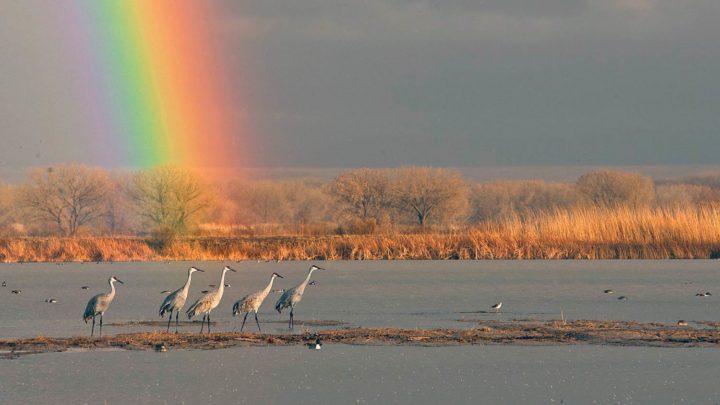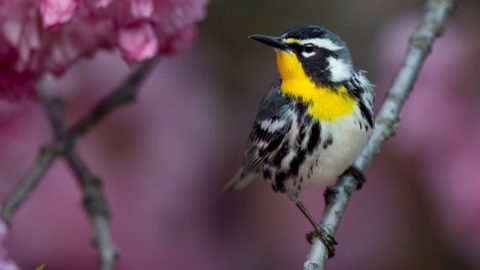Clean Air Act Saved 1.5 Billion Birds Through Action on Ozone
By Pat Leonard
March 19, 2021
From the Spring 2021 issue of Living Bird magazine. Subscribe now.
U.S. pollution regulations meant to protect humans from dirty air are also saving birds, according to a continent-wide study published in December 2020 in Proceedings of the National Academy of Sciences. The study authors, from Cornell University and the University of Oregon, found that improved air quality under a Clean Air Act federal program reduced ozone pollution and may have averted the loss of 1.5 billion birds during the past 40 years.
“Our research shows that the benefits of environmental regulation have likely been underestimated,” said co-lead author Ivan Rudik, the Ruth and William Morgan Assistant Professor at Cornell’s Dyson School of Applied Economics and Management. “Reducing pollution has positive impacts in unexpected places and provides an additional policy lever for conservation efforts.”
Ozone, a gas that occurs in nature, is also produced by human activities, including by power plants and cars. While a layer of ozone in the upper atmosphere protects the Earth from the harmful ultraviolet rays of the sun, ground-level ozone is hazardous and is the main pollutant in smog.
To examine the relationship between bird abundance and air pollution, the researchers used models that combined bird observations from the Cornell Lab of Ornithology’s eBird program with ground-level pollution data and existing regulations. They tracked monthly changes in bird abundance, air quality, and regulation status over a span of 15 years.
The findings suggest that ozone pollution is most detrimental to the small migratory birds—such as sparrows, warblers, and finches—that make up 86% of all North American landbird species. Ozone pollution directly harms birds by damaging their respiratory systems and indirectly harms their food sources.
“Not only can ozone cause direct physical damage to birds, but it also can compromise plant health and reduce numbers of the insects that birds consume,” said study coauthor Amanda Rodewald, director of the Center for Avian Population Studies at the Cornell Lab.
In 2019, a separate study led by Cornell Lab scientists showed that North American bird populations have declined by nearly 3 billion birds since 1970. This new study shows that without the Clean Air Act, the loss of birdlife may have been 1.5 billion birds more.
“This is the first large-scale evidence that ozone is associated with declines in bird abundance in the United States, and that regulations intended to save human lives also bring significant conservation benefits to birds,” said coauthor Catherine Kling, faculty director at the Cornell Atkinson Center for Sustainability. “This work contributes to our ever-increasing understanding of the connectedness of environmental health and human health.”

All About Birds
is a free resource
Available for everyone,
funded by donors like you
American Kestrel by Blair Dudeck / Macaulay Library



